Significant heat can be lost through your basement, given its large surface area. To fix this, you are wondering what R-value of insulation is appropriate for basement walls. In this post, we answer your question using industry professional knowledge and up-to-date research.
- Local Building Code
- Available Space
- Local Climate
- Your Home's Existing Insulation
- Basement Use
- Budget
- Insulation Type
Keep reading the rest of this article for details on each of the above bullet points. This guide includes everything you need to make a wise decision on the R-value for your basement walls. To conclude, we answer several questions related to the topic of this post.
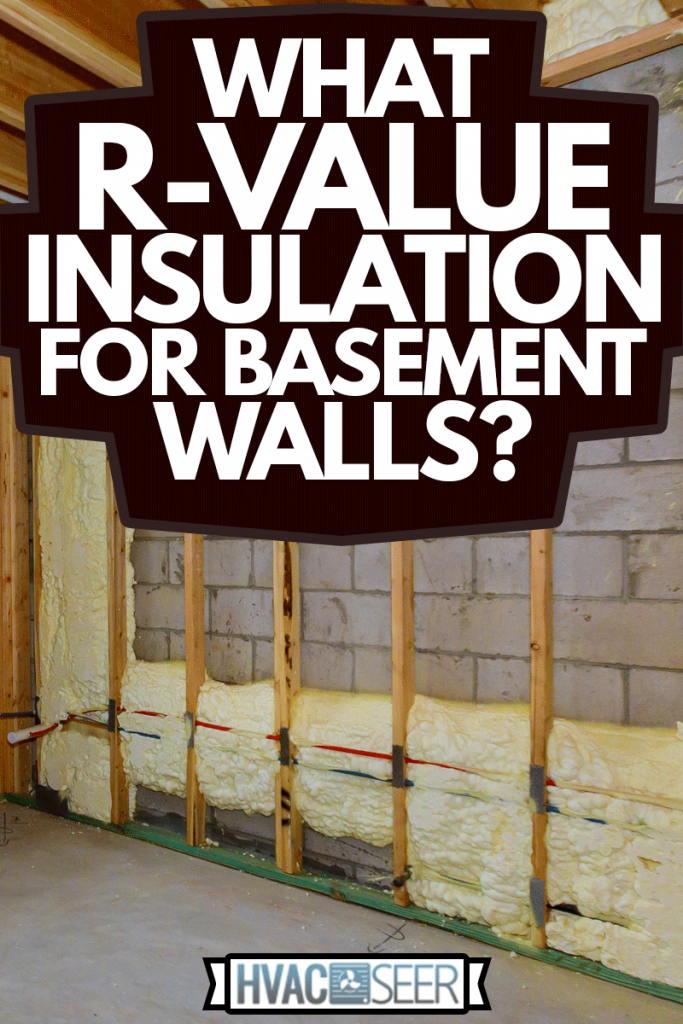
What R-Value Insulation For Basement Walls?
As mentioned above, it is most common for basement walls to be finished with insulation that has an R-value between R-10 and R-30.
However, for unfinished basements, the value is generally closer to the bottom of the range at R-10 through R-19. Only fully finished basements with drywall and flooring are likely to have wall R-values above R-20.
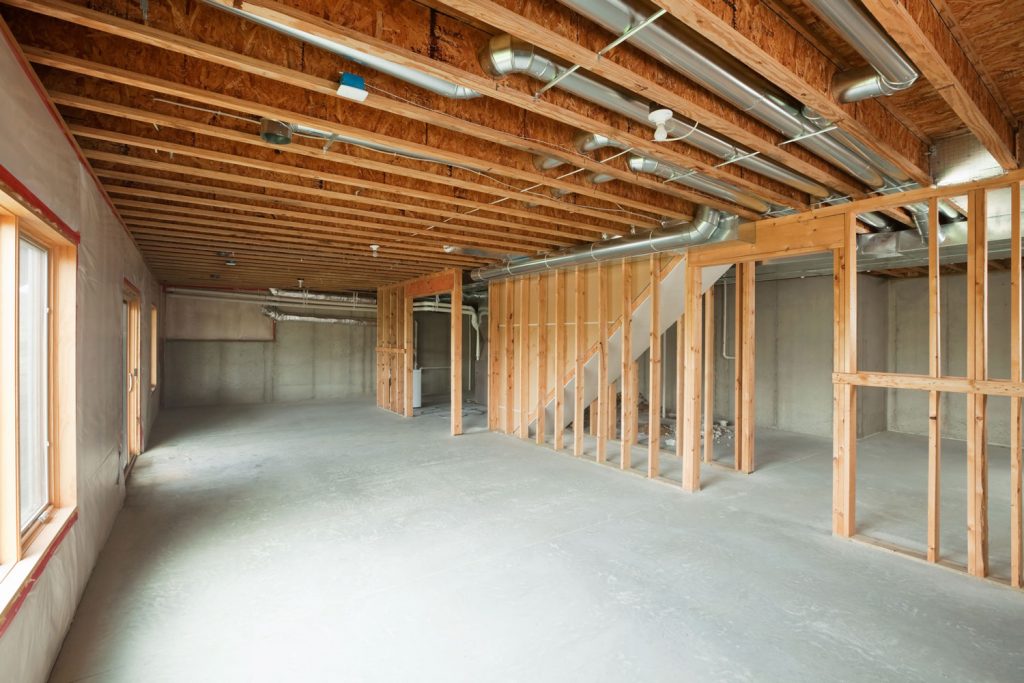
In the following subsections, we consider the primary factors that combine to dictate the proper R-value for basement walls.
Building Code
The International Residental Code specifies that basement walls need to have an R-value of at least R-10. However, this is only called for in this code if the basement ceiling is uninsulated. That being said, the specific codes that dictate your remodel or build may be different.

In fact, nearly every municipality, county, and state have different specific building codes that may or may not include rules for how to insulate basement walls. Call the local building inspector's office or visit their website to learn the specifics of the rules in your area.
On the other hand, your builder or architect should be able to inform you of what the local codes are and how strictly they are enforced.
In some places, building permits may not be necessary for adding basement insulation. Other times, it may be tempting to ignore local code. Either way, it is smart to know what the rules are and to recognize you may be fined or required to fix your work if you ignore local laws.
Available Space
Now, consider the space you have available to install insulation on your basement walls. Generally, the higher the R-value, the thicker the insulation is. For example, 1-inch of fiberglass batts are about R-3.3 while 6 inches of batting is closer to R-19.
Thus, if you have a very full basement, you might not be able to afford the extra space required for additional insulation value.
Further, both spray foam and fiberglass batts require you to frame a support structure in front of the concrete basement wall. Building this structure takes additional space and might require you to fully clean your basement out.
Sometimes, you might already have structures on your basement walls that are appropriate for insulation. In these cases, it is often the most economical and sensical to simply fill that space up to whatever R-value it easily accepts.
Local Climate
Next, consider your local climate. If you live in a very mild climate, the additional insulation may be more trouble than it is worth. On the other hand, if you live in a very cold place, insulating your basement walls may save you hundreds of dollars a year.

Local code, standard building practices, regional contractors, and other local experts will be able to help you out with what most individuals in your region choose to do.
However, a general rule of thumb is that for very warm places, the max insulation you need on your basement walls is about R-10. This recommendation goes up to around R-19 for the northern lower 48 states and even higher for very cold places such as Alaska.
Your Home's Existing Insulation
Now consider the existing insulation that you already have in your home in the basement area. You will want to consider the basement's ceiling insulation, duct insulation, and water pipe insulation.
Ceiling Insulation
It is very common for basement ceilings to be well insulated. This means that even if your basement gets cold, that temperature is blocked from seeping into the living space of your home.
In this situation, it is more likely that you will opt for an R-value between R-10 and R-15 for your basement walls. This is because additional R-value will confer less value and home comfort. However, that lower R-value recommendation assumes that you do not have ducts or pipes to consider.
Duct Insulation
Air ducts carry conditioned air from your furnace or air conditioning unit to the living space of your home. Often, these ducts run through the basement of your home. If these ducts are uninsulated, you can expect significant jacket losses into the basement.
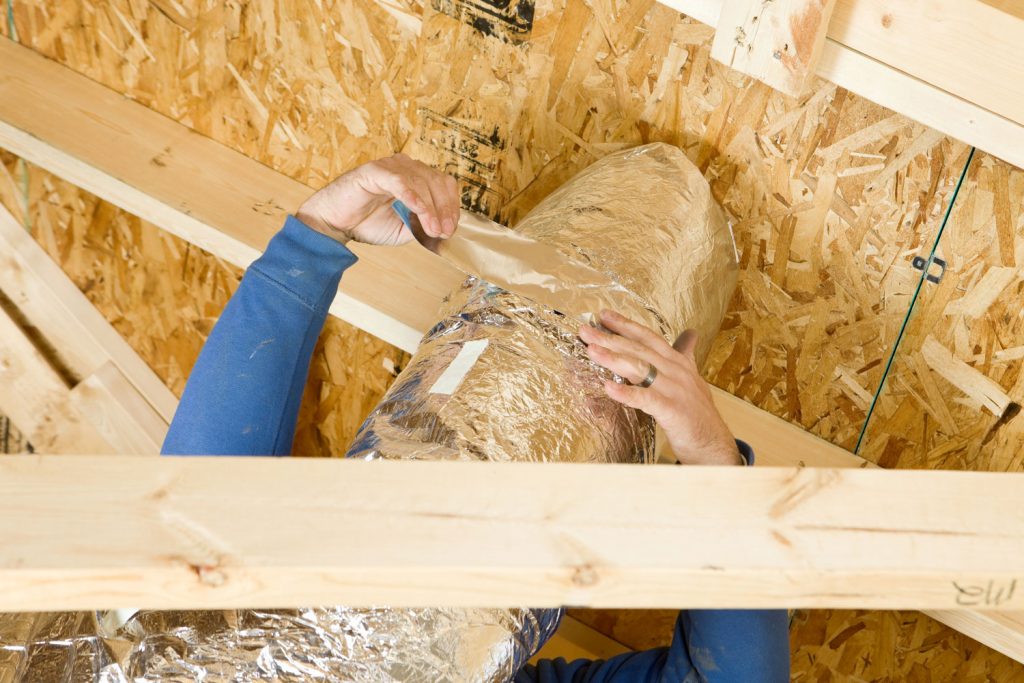
These losses are particularly problematic if your basement is uninsulated and you have an insulated basement ceiling. Thus, the basement air will be very cold or hot and a lot of heat or cold will be robbed from your ducts.
Therefore, you may be wise to install R-19 or higher insulation on your basement walls to keep those duct losses down. On the other hand, you may instead choose to insulate the ducts directly.
Further, if your ducts are already insulated, basement wall insulation will be less advantageous, which calls for a lower basement wall R-Value.
Pipe Insulation
Understanding your water pipe insulation is even more critical than your duct insulation. This is because if your basement is cut off from the heat in the rest of your house, your pipes may freeze in the winter. This is a costly and messy problem to fix.
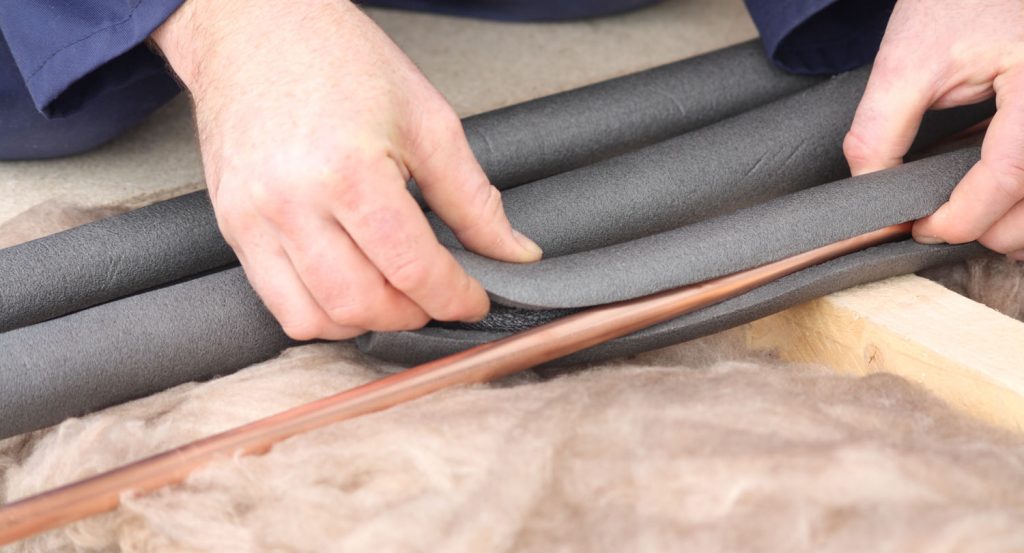
Therefore, if your pipes are uninsulated, you are going to get more value from a thicker basement wall insulation. If you have uninstalled pipes and live in a region that freezes, installing R-19 or above is likely a wise choice.
Basement Use
Now, consider how you plan to use your basement. If your basement is unheated and only used for storage, a lower R-value near R-13 is likely the right call.
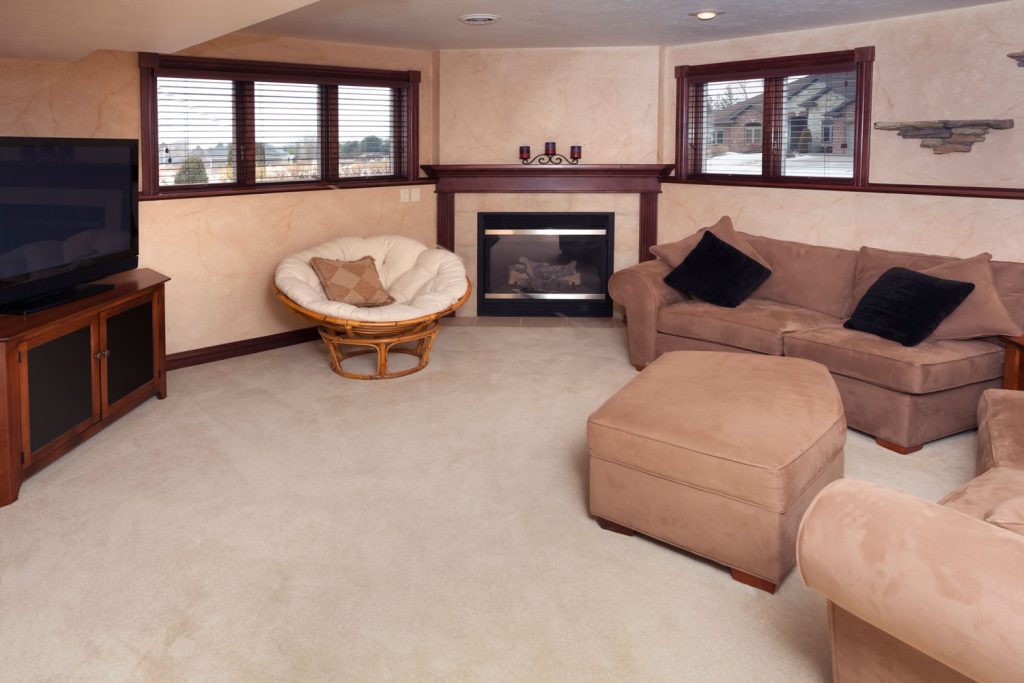
On the other hand, if you plan to spend significant time in your basement, a higher R-value will lead to more comfort and savings on any heat or cold you put into the space.
Budget
Importantly, you also need to consider your budget. Different insulation types, and different R-values within one type of insulation, will have different costs.

Take the time to price out a few different options to get a sense of what kind of budget you will need for this project. For lower budgets, fiberglass batts are likely best, while spray foam or high-end foam boards are best for deeper pockets.
Insulation Type
Finally, when deciding on your basement R-value, it is important to understand what type of insulation you plan on installing.
This is because different insulations have different R-values per inch. For example, fiberglass batts require 5.5 inches to get to R-19, while polyisocyanurate foam board only requires just over 2-inches.
Therefore, you can match your available space, desired R-value, basement use, budget, existing insulation, and local codes to the insulation that best fits your need.
What insulation should I use for basement walls?
As discussed above, you can use almost any type of insulation for basement walls. This includes fiberglass, foam board, and spray foam. Which insulation you choose depends on the factors considered in this post.
Can you use fiberglass insulation in basement walls?
Yes, you can. However, to install fiberglass batt insulation, you will need some sort of support structure such as framed walls inside of the basement walls.
How thick should basement insulation be?
Different insulations have different R-values per thickness. Therefore, you should decide on your basement wall insulation thickness by both the insulation type and the R-value of that type per inch.
Should you put a vapor barrier on basement walls?
A vapor barrier is a good idea for basement walls. This barrier will help stop moisture from condensing on your basement walls. This condensation is particularly prevalent if your basement walls are insulated.
Thus, vapor barriers will decrease the chance of mold and rot in your basement and will also make the insulation of your walls more effective. Take note that many types of insulation, such as closed-cell foam, double as vapor barriers.
Is insulating a basement worth it?
Whether or not insulating a basement is worth it depends on the many factors discussed in this post. However, it is generally accepted that insulating your basement walls with R-10 to R-19 is a wise decision no matter your circumstances.
Additional Reading
To learn more about insulation in your basement, read these great HVAC Seer articles:
- How To Insulate Ductwork [Inc. In The Basement Or Attic]
- How To Insulate Basement Windows
- Should You Insulate Floor Joists In Basement?
In Closing
In this post, we discuss the proper R-value to use when insulating your basement walls. To close, we answer several related questions and provide a useful additional reading list. Good luck!
